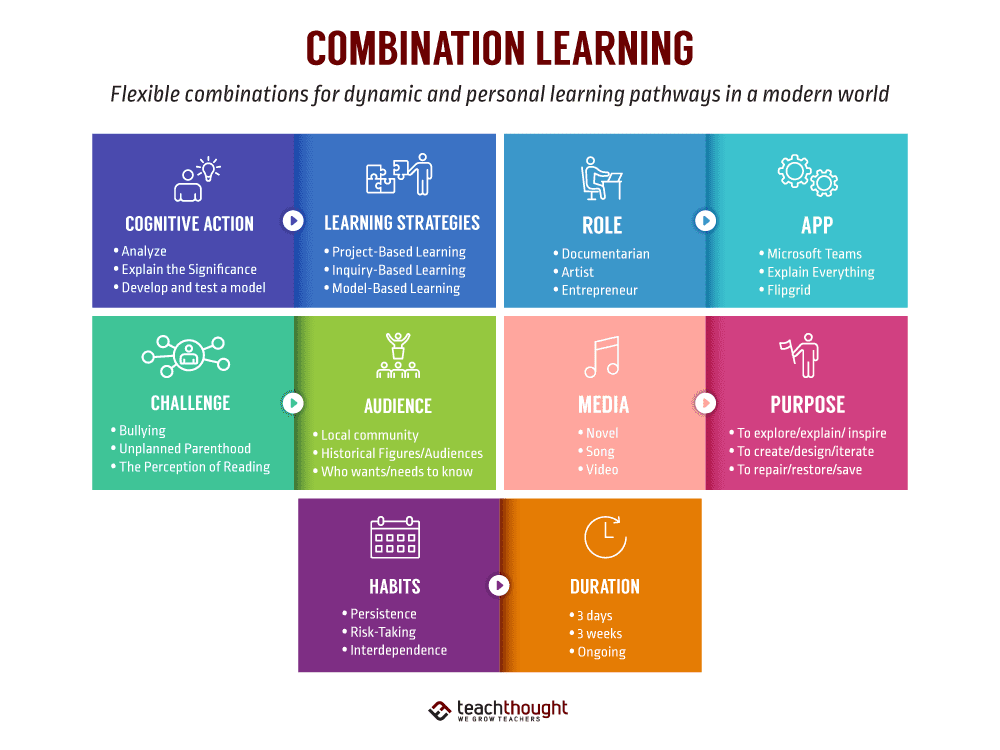Game designers use artistic techniques and strategies to create immersive and dynamic environments in games. Designers outline the game’s narrative and setting, consider the game’s dynamics and how players will interact with the environment, and use realistic designs that mimic real-world elements like lighting, shadows, weather, and textures. They add interactivity to the environment and balance static and dynamic elements to create continuity and variation. Creating an immersive and engaging game environment requires a combination of artistry, technical expertise, and understanding of game design, but the result can keep players coming back for more.
Creating Dynamic Environments in Games: Artistic Techniques and Strategies
Introduction:
A game’s environment is a crucial factor in developing immersive gameplay. The environment adds depth to the game world and provides players with a sense of being present in a fantastical setting. Game designers today use several artistic techniques and strategies to make a game’s environment feel alive and dynamic. This article explores some of these techniques and strategies in depth.
Designing Dynamic Environments:
The first step in designing a dynamic environment in a game is to outline the game’s narrative and setting. Understanding the story and the world in which the game is set is key to designing an environment that feels logical and interconnected. When mapping out the environment, it is essential to consider how players will interact with it, the dynamics of the game world, and how the environment can be used to guide players through the game’s narrative.
Realistic Environment Design:
Realistic environment design is immensely crucial to creating dynamic environments. Designers focus on making the game world look and feel believable by mimicking real-world environments. Realistic environments require a significant commitment to detail, including elements like lighting, shadows, and weather patterns. To create immersive environments, game designers must consider how light and shadow affect the environment, how weather changes the game world, and the ways in which environmental elements interact with one another.
Interactive Environments:
Adding interactivity to the game environment is a potent tool for creating immersive gameplay. Interactive environments allow players to engage with the world in meaningful ways, providing new experiences and challenges. Interactive environments can be achieved by implementing a physics engine or by constructing dynamic elements within the game environment. Water, wind, and changing landscapes are just some of the interactive elements designers use.
Dynamic Textures and Materials:
The materials used in creating a game environment shapes its overall appearance and feel. Designers use a range of textures and materials to create detailed and dynamic worlds. The creation of 3D textures and materials allows for more realistic rendering of the environment. Dynamic materials and textures like water, glass and reflective surfaces add depth and realism to the game environment.
Mixing Static and Dynamic Elements:
Creating a balance between static and dynamic elements is essential when designing game environments. Static elements provide consistency and continuity in the game world, while dynamic elements add life and variation. A good mix of both creates a balanced and dynamic environment that feels believable and alive.
Conclusion:
Creating dynamic environments in a game is a significant challenge. It requires a combination of artistic skills, technical expertise, and a deep understanding of game design. By implementing realistic elements, interactive environments, dynamic textures and materials, and striking a balance between static and dynamic elements, designers can craft a game’s environment to be immersive and engaging. Games with vibrant and lifelike environments, after all, are the ones that keep players coming back for more.
